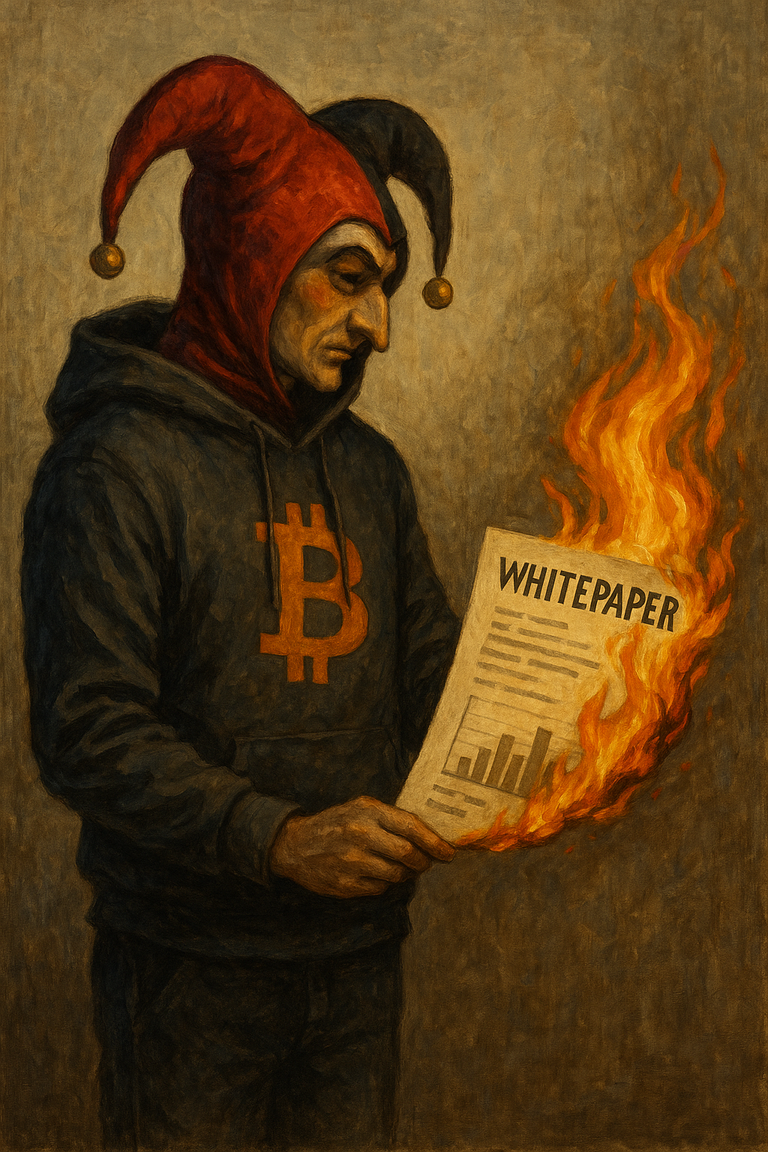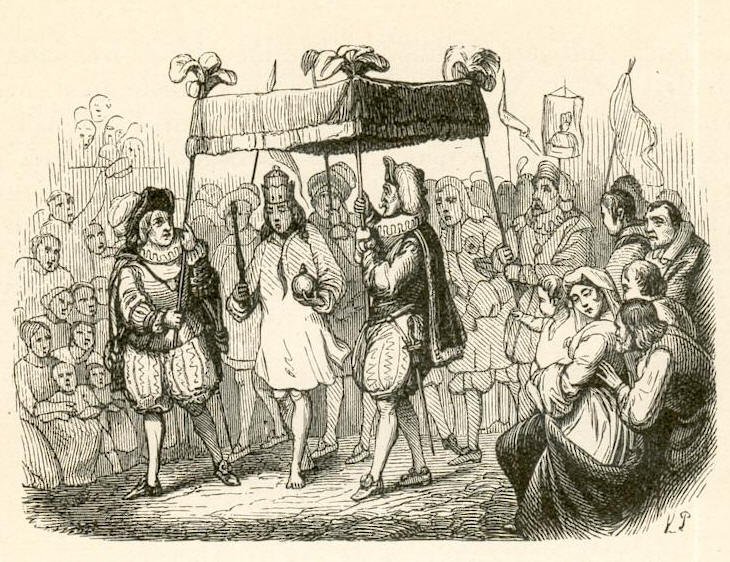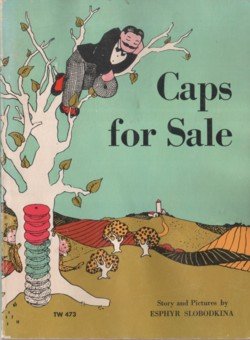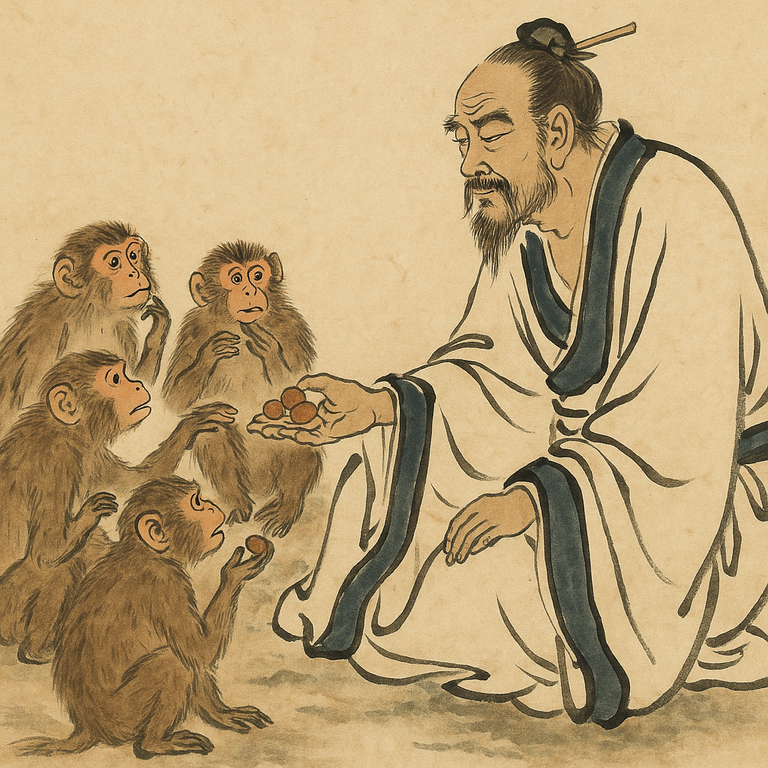The world of crypto is a tragic comedy; it’s a grand tale of greed, denial, and self-deception. Of course this is true of all investing to some extent. Pull back your vantage point, and you’ll see it’s true of much of humanity wherever money enters the picture.

Certainly, however, crypto is where this comedy plays out the most. The hope of easy riches attracts us and blinds us, causes us to invest more than we are able, turns us against people who express doubts, and finally leaves us lying to ourselves about what happened when it all falls apart. In the immediate aftermath, we seem to have learned our lesson. But then, at the next shiny new crypto promising the world, the cycle begins anew.
And so, it’s no surprise that countless parables have warned us of this kind of mass delusion.

- The Emperor’s New Clothes (Hans Christian Andersen)
- Relevance: The people see the emperor is naked, but no one wants to be the one to speak the truth. They fear ridicule or social exclusion — until a child, with no reputation to lose, points out the obvious.
- Crypto Parallel: The ape-in crowd knows, on some level, that the project is absurd. But the crowd has committed too much — emotionally and financially — to admit it. Truth becomes dangerous. They mock skeptics to maintain the illusion.

via Wikipedia
- The Frog and the Scorpion (Aesop-esque fable)
- Summary: A scorpion asks a frog for a ride across the river. The frog is hesitant: “You’ll sting me.” The scorpion promises he won’t. Midway, he stings the frog. “Why?” the frog asks. “Because it’s my nature.”
- Crypto Parallel: Rug-pullers always rug. But the greedy keep giving them a ride, thinking this time will be different — because they want it to be different.

via Wikipedia
- The Tale of the Farmer and the Snake (Aesop)
- Summary: A farmer finds a frozen snake and takes pity on it. He puts it in his coat to warm it. When it revives, it bites him. As the farmer dies, the snake says, “You knew what I was.”
- Crypto Parallel: Investors ignore red flags. “The team has no experience, no transparency, no working product—but they say they’ll deliver 100x returns. I’ll give them a chance.” Then comes the bite.

via Wikipedia
- The Monkey and the Cap Seller (Indian folktale)
- Summary: A cap seller naps under a tree; monkeys steal his caps. He throws his own cap down in frustration, and the monkeys mimic him — returning the caps. Years later, his son tries the same trick with a new troop of monkeys — but they don’t copy him. They’re smarter now.
- Crypto Parallel: The first generation of scammers succeed. The next generation of investors thinks they’ve figured out the trick. But the scammers evolve faster than the victims.
- NOTE: This folktale was made famous in the West by the 1940 children’s book Caps for Sale

Via Wikipedia
- Chuang Tzu’s Foolish Monkey Parable (莊子)
- Summary: A monkey trainer gives 3 chestnuts in the morning, 4 in the evening. The monkeys complain. He offers 4 in the morning, 3 in the evening — they rejoice. The total is the same.
- Crypto Parallel: The superficial appearance of a project changes — new name, new tokenomics — but it’s the same scam underneath. Investors are placated by optics, not substance.

via Chatgpt
Do you think the new shiny project you’ve found is any different?
Maybe it is! But… the chances aren’t good. If it truly looks good, research it. But do be sure to keep some healthy skepticism—and heed the lessons of the stories above.